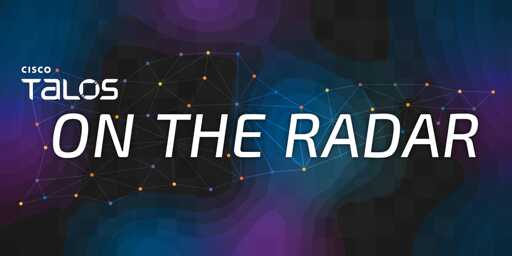- QR codes are disproportionately effective at bypassing most anti-spam filters, as most filters are not designed to recognize that a QR code is present in an image and decode the QR code. According to Talos’ data, roughly 60% of all email containing a QR code is spam.
- Talos discovered two effective methods for defanging malicious QR codes, a necessary step to make them safe for consumption. Users could obscure the data modules, the black and white squares within the QR code that represent the encoded data. Alternatively, users could remove one or more of the position detection patterns — large square boxes located in corners of the QR code used to initially identify the code’s orientation and position.
- Further complicating detection, both by users and anti-spam filters, Talos found QR code images which are “QR code art”. These images blend the data points of a QR code seamlessly into an artistic image, so the result does not appear to be a QR code at all.



Do not load EXTERNAL images, if the image is actually attached as part of the email it will render.